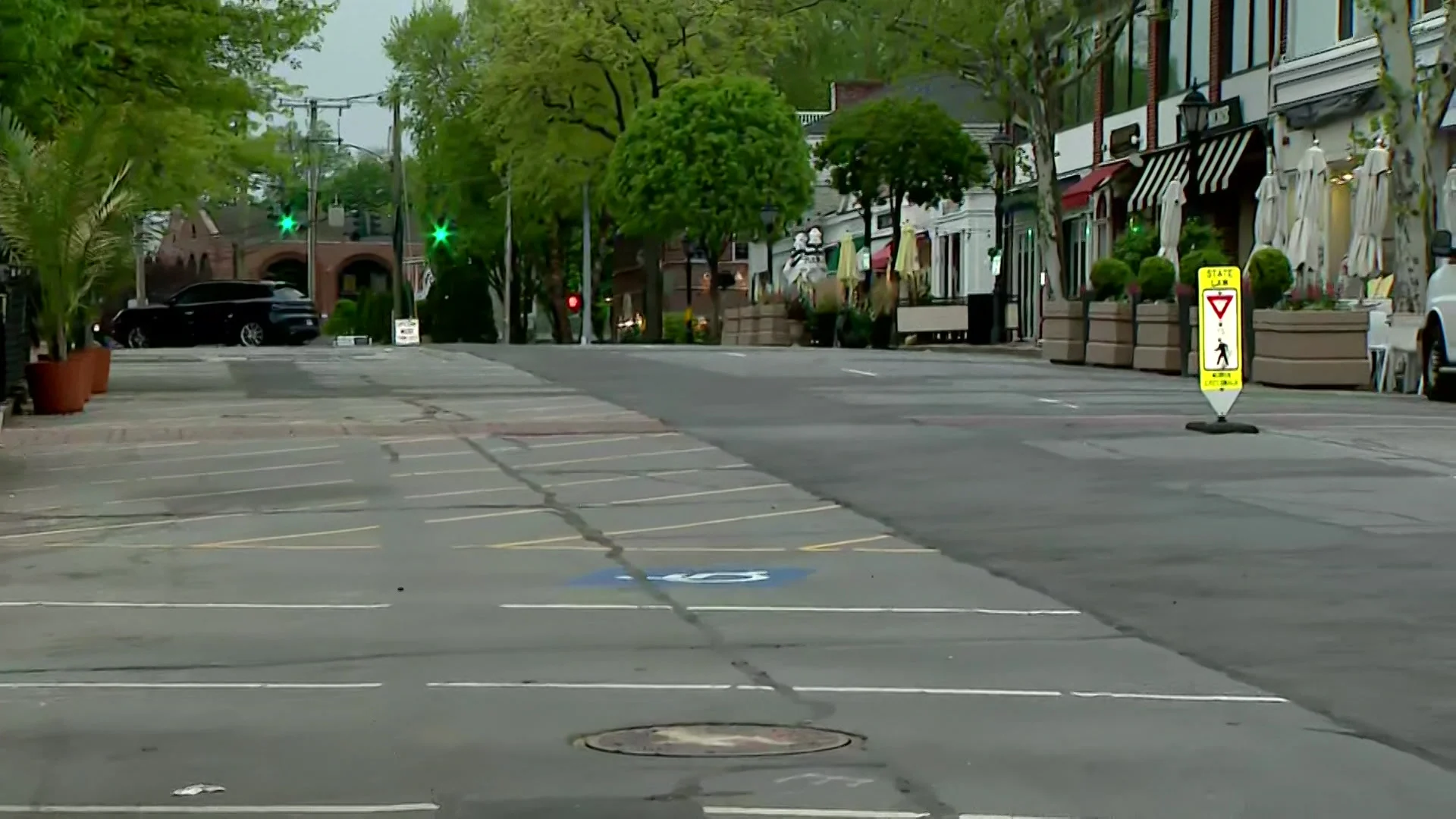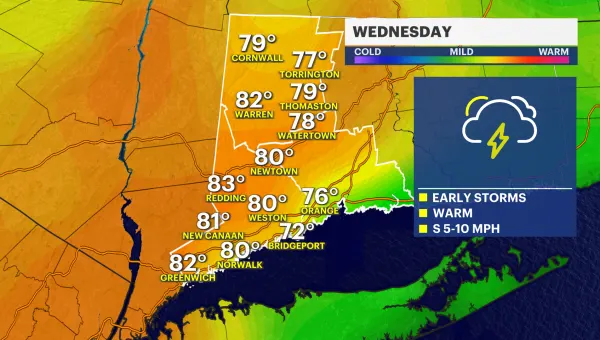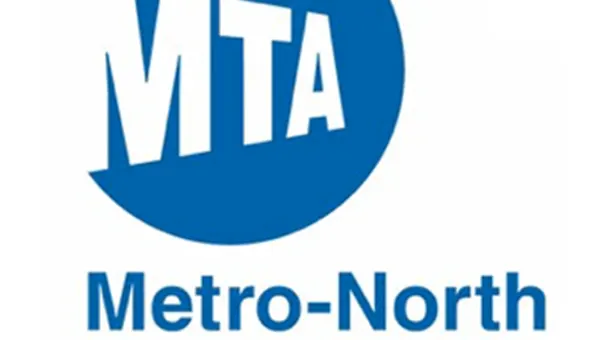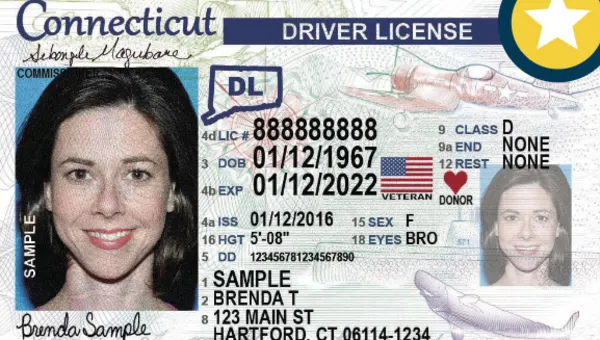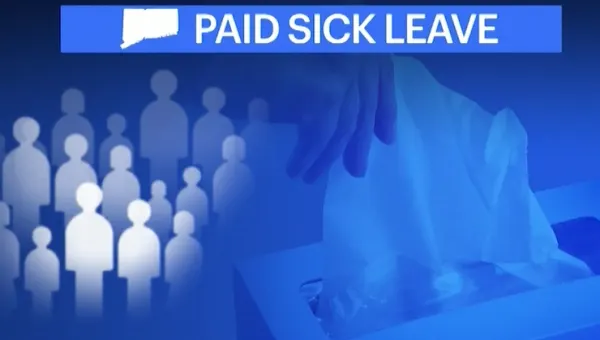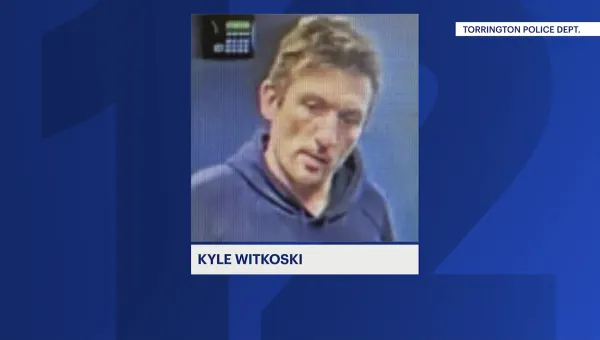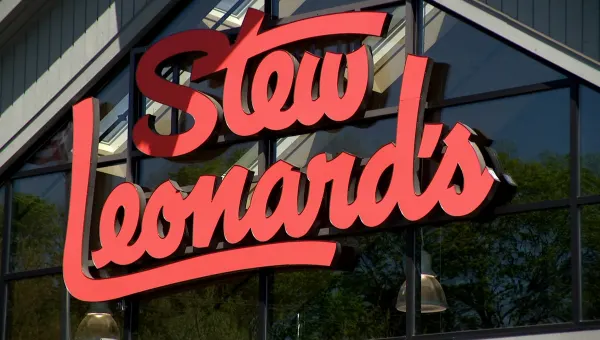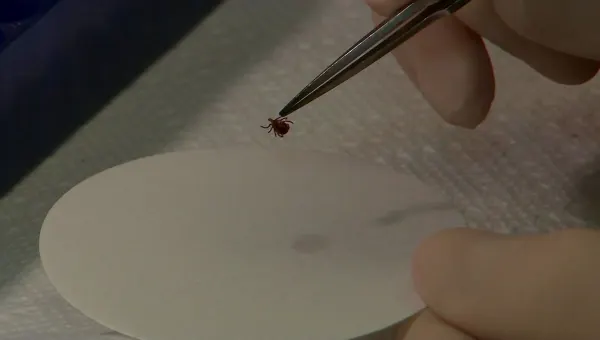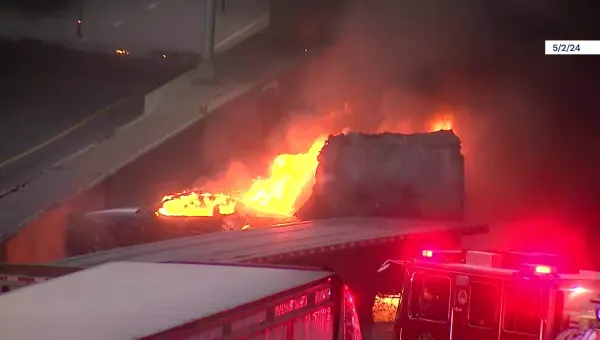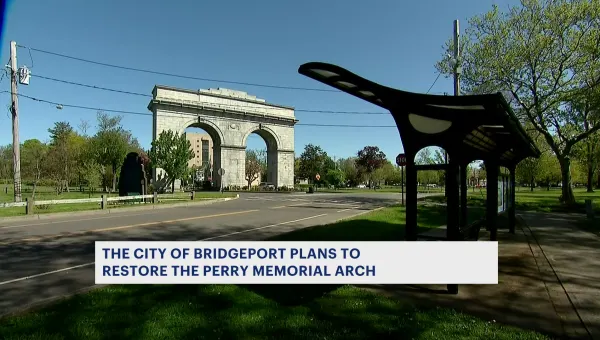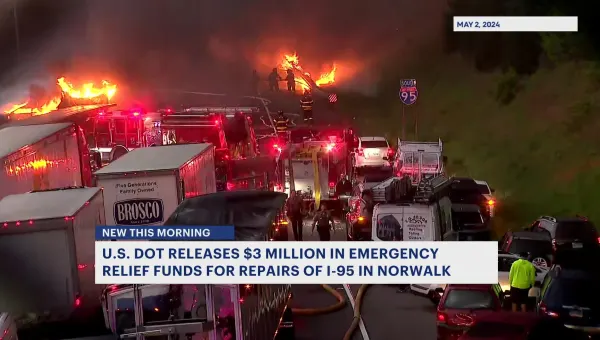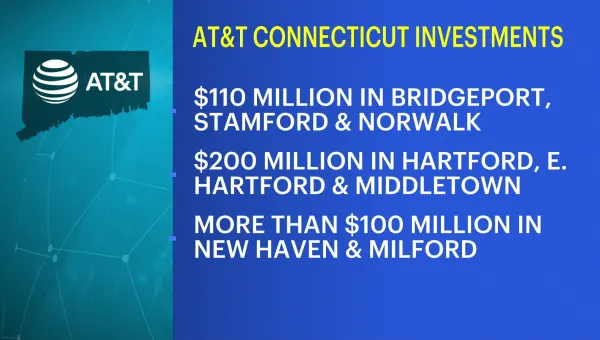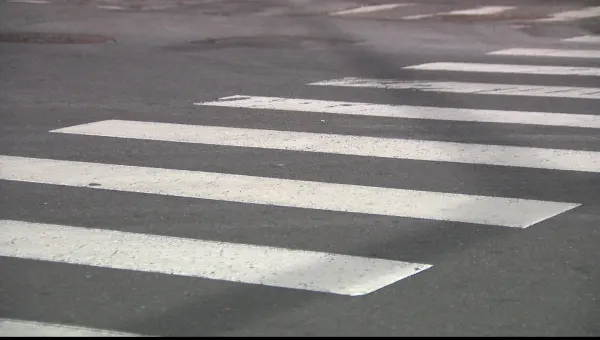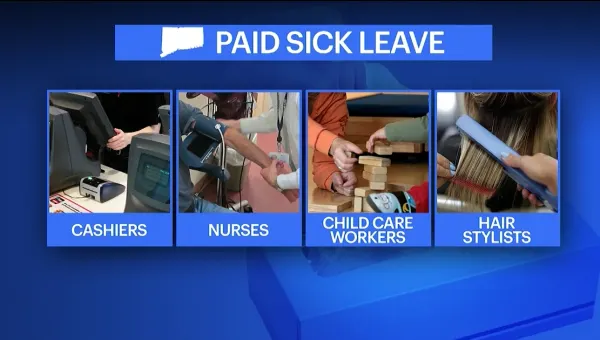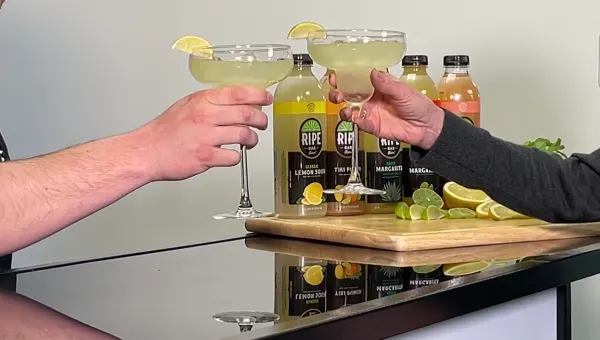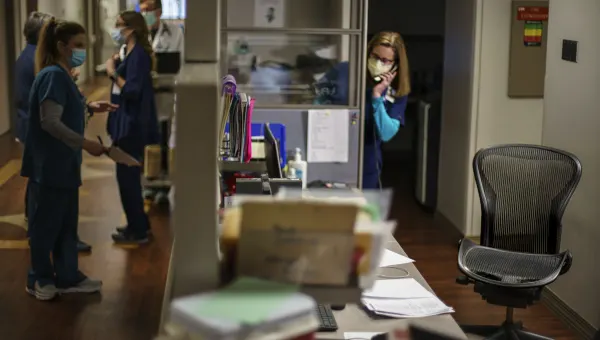Alaska, Hawaii, Montana and Wyoming are not epicenters of the coronavirus pandemic. Yet these four states scored big this spring when Congress pumped out direct federal aid, while the two hardest-hit states, New York and New Jersey, got comparatively little given the vast numbers of cases and deaths they have seen.
An Associated Press analysis shows that states with small populations like these took in an out-sized share of the $150 billion in federal money that was designed to address coronavirus-related expenses, when measured by the number of positive tests for the COVID-19 disease.
Their haul ranged from $2 million per positive test in Hawaii to nearly $3.4 million per test in Alaska. In Wyoming, with less than 600 positive cases, the $1.25 billion it received from the congressional package equates to 80 percent of its annual general state budget.
“New York state has been the epicenter of the pandemic and unfortunately has been home to about one-third of all U.S. COVID-19 related deaths, and federal funding provided so far has failed to recognize this reality,” Freeman Klopott, spokesman for the state budget division, said in a statement to the AP.
The money for state governments is a slice of a $2.2 trillion federal stimulus passed in late March. Governments are supposed to use it for new coronavirus expenses incurred from March 1 through Dec. 30.
PHOTOS: People around the world cope with COVID-19
undefined
Under federal guidelines issued last month, the money has to be linked to coronavirus-related expenses but cannot be used, for example, to make up for lost tax revenue to keep general government services running.
“I wish New Jersey ... was hit not the second-most in the country, but the second-least,” said Steve Sweeney, the state’s Democratic state Senate president. “We’d give the money to somebody else.”
To be sure, the lowest population states often receive higher dollar amounts per capita when Congress doles out federal aid. That’s due in part to political reality: Small states have the same number of U.S. senators as more populous ones, and those senators lobby hard for their states’ interests.
The awards in the relief act passed in late March were based on population, but with a catch: Every state was to receive at least $1.25 billion, regardless of its size. Lawmakers said setting such a minimum was needed to reach a deal in a divided government.
But in the coronavirus fight, the disproportionate share going to smaller states has consequences. States with high numbers of infections and deaths say they need that money for immediate expenses related to fighting an outbreak that threatened to overwhelm their hospital systems, from staff overtime to setting up makeshift hospitals.
Some states with relatively few cases have been able to reopen their economies faster and have more options on how to spend the federal largess. Many are now trying to determine how they can spend the windfall while keeping within the federal guidelines.
Wyoming Gov. Mark Gordon, a Republican, is proposing using a portion of the money to help businesses that have suffered because of government-imposed shutdowns and shrunken demand, even though other parts of the federal aid are already aimed at businesses.
Gordon said his plan should be fair game under the federal rules in part because neighboring Idaho — which received more than $600,000 per positive test — already has a similar system in place.
In a public meeting streamed on video, Gordon said he knew the state would be watched carefully. After all, the state’s allocation is five times per capita what New York received and nearly 90 times as much per positive coronavirus test.
“There will be unduly high scrutiny on how Wyoming uses those funds,” Gordon said.
Max D’Donofrio, spokesman for Republican Sen. Mike Enzi, defended the state’s share, saying Wyoming “is often the target of per capita biases due to its low population,” and faces unique challenges because of its rural nature.
Hawaii’s tourism industry was halted as the virus was spreading, and the financial consequences are dire. Gov. David Ige said the state’s share was “sorely needed.”
Vermont’s Democratic U.S. Sen. Patrick Leahy, vice chairman of the Senate Appropriations Committee, has worked for decades to implement all-state minimums for federal funding. “Regardless of total numbers of cases, states like Vermont have had to shut down, just as have other states, and the impact in states small and large has been devastating in many ways,” Leahy said in a statement.
Other smaller states are considering dividing up chunks of the federal money among local governments and businesses, in addition to covering the state’s health expenses. That’s the plan in Alaska.
West Virginia has the seventh-lowest number of coronavirus cases, according to the Centers for Disease Control and Prevention, but received just over $1 million per positive test. Gov. Jim Justice, a Republican, has said he hopes the federal government will allow the state to use the money to alleviate its growing budget shortfall, even though federal guidance on the bill suggests that would not be allowed.
New York doesn’t have the luxury of trying to use the money to help cover a massive drop in tax revenue.
While it received billions of federal dollars for coronavirus-related expenses, it has received no money to help offset the loss of more than $13 billion in revenue, said Klopott, the state budget division spokesman. The state is now considering $10 billion in cuts.
New York and other states with high numbers of cases have been lobbying Congress to provide more direct aid to state and local governments in a future coronavirus relief package.
Sens. Bill Cassidy, a Louisiana Republican, and Robert Menendez, a New Jersey Democrat, are proposing $500 billion more for state and local governments. Under their plan, the first one-third of the money would be allocated based on population, the second on the number of coronavirus cases and the third on the toll it’s taken on government budgets.
Under their proposal, every state again would receive at least $1.25 billion — and this time with looser restrictions on how the money could be spent.
Menendez said the baseline amount was a nod to political reality: “We need to get 60 votes in the Senate.”
___
By GEOFF MULVIHILL - Associated Press
___
Associated Press reporters Becky Bohrer in Juneau, Alaska; Anthony Izaguirre in Charleston, West Virginia; Audrey McAvoy in Honolulu; Wilson Ring in Montpelier, Vermont; and Marina Villeneuve in Albany, New York, contributed to this report.
